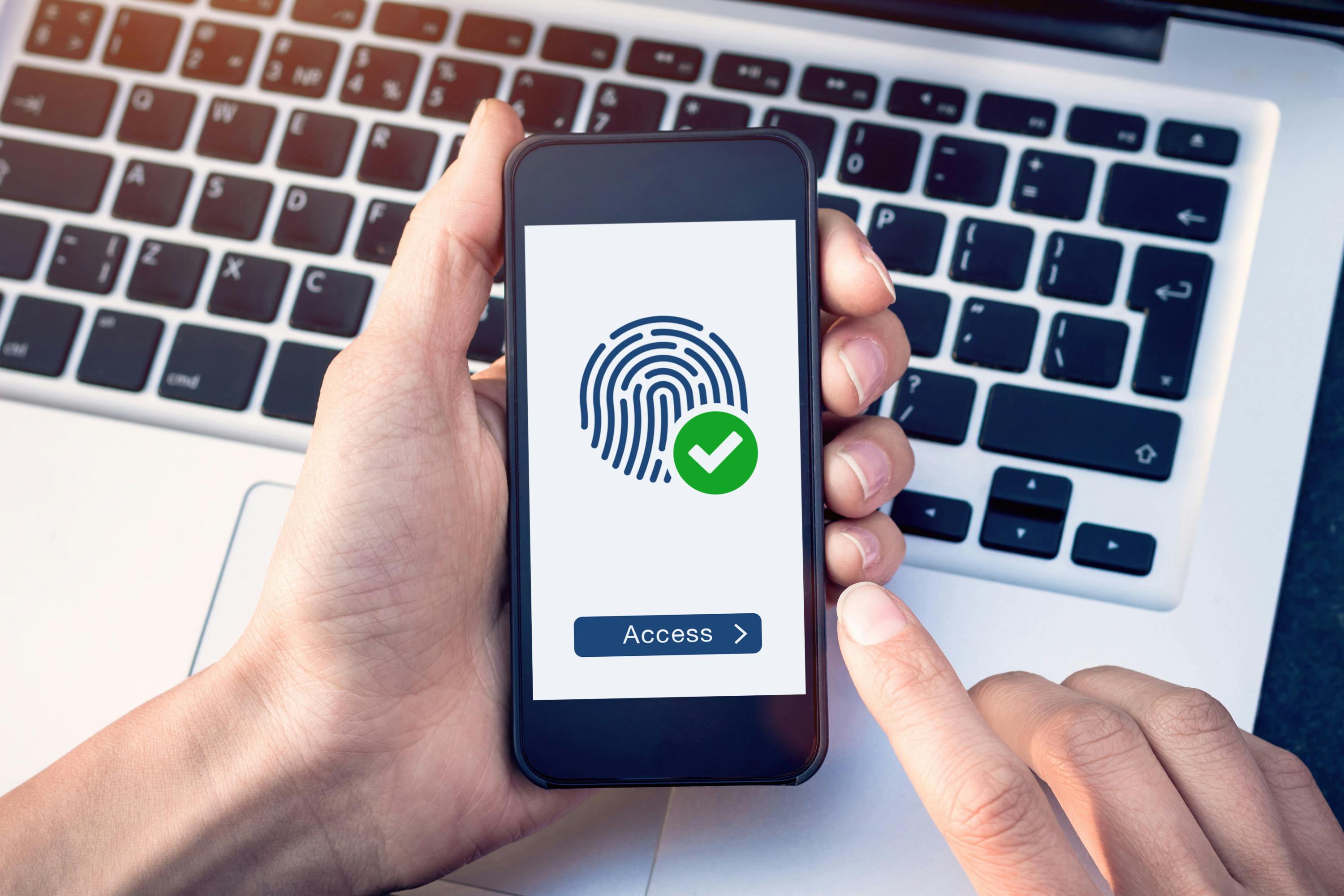As anyone who's ever had their personal information compromised can attest, cybersecurity threats are no laughing matter. And yet, as technology continues to evolve, so too do the methods used by criminals to steal, attack, and just cause all-around general mayhem. Global cybercrime costs exceeded $6 trillion in 2021 alone and are expected to reach $10.5 trillion annually by 2025. Ouch.
With Cybersecurity Awareness Month in Canada in effect this month and with 2023 on the horizon, we look at some of the biggest cybersecurity threats to be on the lookout for as we head into the new year.
Ransomware groups
Ransomware is a type of malware that encrypts a victim's files and demands a ransom be paid in order to decrypt them (hence the name). In some cases, the ransomware will also threaten to delete the files if the ransom is not paid. Ransomware is one of the most devastating threats out there, and it's only getting more common. If you don't pay up, you could lose access to your critical data forever. And even if you do pay, there's no guarantee that you'll get your files back.
Cybercriminals have banded together in ransomware groups, and these gangs have become a major force in the cybersecurity landscape in recent years. With group names like Clop Ransomware Group, DarkSide, and LockBit (just to name a few), ransomware groups have been responsible for attacks on Brenntag, JBS Foods, University of Colorado, among many others.
IoT attacks
The rise of the internet of things (IoT) has been nothing short of revolutionary. By connecting devices and systems to the internet, we have made our homes, offices, and even our bodies more efficient and responsive. But as with any new technology, the IoT comes with its own set of risks-including the potential for cyberattacks. These attacks are on the rise, and they can be quite devastating.
IoT is often connected to critical infrastructure, such as power plants and hospitals. This means that a successful attack on an IoT device could have serious consequences for public safety. IoT devices also generate a huge amount of data - and much of this data is sensitive in nature. This makes IoT devices a prime target for cyber criminals who are looking to steal this data for financial gain. Furthermore, because IoT devices are often connected to other devices and systems, a successful attack on one device can quickly spread to others, causing even more damage.
Phishing attacks
Not an emerging threats per se, as phishing was first coined as a cyberattack term in 1996, but definitely one of the biggest threats out there. This is a type of social engineering attack in which criminals pose as trusted entities in order to trick victims into divulging sensitive information or downloading malware. In recent years, we've seen a marked increase in the sophistication of phishing attacks, as well as the damage they can cause – over 80% of organizations have reported an increase in these attacks since March 2020.
Phishing attacks are designed to trick the victim into revealing personal information, such as their login credentials or credit card numbers. They usually come in the form of an email, purporting to be from a legitimate organization, that contains a link or attachment that takes the user to a fake website. The fake website may look identical to the real website, but it's designed to steal their information.
Targeting of mobile devices
Mobile devices are an increasingly common target for cybercriminals – and with good reason:
- They are becoming more and more prevalent, meaning that there are more and more potential victims;
- Mobile devices are often used to store sensitive information, such as credit card numbers and bank account login details;
- They are frequently connected to the internet, making them vulnerable to attacks;
- Mobile devices are often used in public places, making them easy targets for thieves;
- They are also relatively easy to exploit as many people do not have robust security protections in place; and
- Mobile devices often lack the processing power and memory of traditional computers, making it difficult to detect and thwart attacks.
Keeping Your Organization Cybersafe
It’s not all doom and gloom though. Cybercriminals are savvy and relentless, but there are plenty of ways to protect yourself and your organization. The best defense is always a good offense; organizations need to be proactive in their approach to cybersecurity.
The best way for organizations to protect themselves against emerging cybersecurity threats is to invest in a comprehensive security solution. This solution should include both prevention and detection measures. On the prevention side, organizations should deploy firewalls and antivirus software. On the detection side, organizations should implement intrusion detection systems and activity monitoring. By taking a holistic approach to cybersecurity, organizations can better protect themselves against emerging threats.
Related: Identity Theft is on the Rise – How to Keep Yours Safe
The Integrated Advisory community consists of a network of progressive CPA firms, along with best-in-class professional advisors, service, and product specialists, who work together to deliver an elevated and holistic client experience. One that optimizes both their personal and professional lives with an integrated financial strategy designed to help clients reach their goals.
Related Posts



